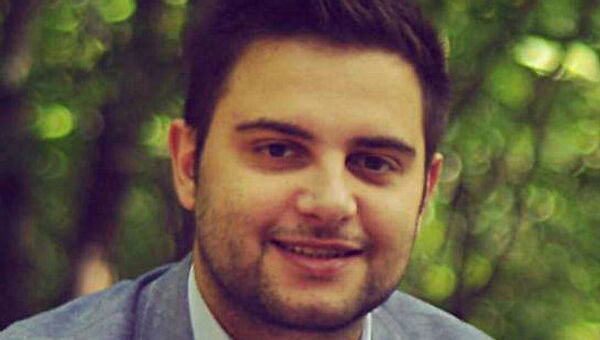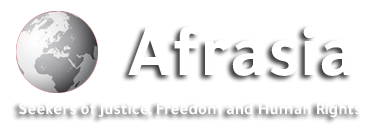
Afrasianet - Hussein Sammour - The Russian authorities were able to consolidate and consolidate their control in various Russian regions and regions, and thwarted all Western efforts aimed at turning Russian public opinion against its leadership.
In light of the escalating Russian-Western confrontation in recent months, it was not surprising that the decision to organize local and regional elections in Russia was not surprising, and despite the expansion of the conflict and the approaching specter of war from the Russian regions adjacent to Ukraine, thousands flocked to the polling stations to express their convictions and political positions, and remote voting technology in federal regions contributed to raising the overall voting rate, as the Russian Central Election Commission announced that the voting rate reached about 47% and more than 27 million Russian citizens participated. From different cities, regions and regions.
Perhaps the Russian decision to organize this electoral entitlement comes for many reasons, most notably to create an atmosphere of stability and tranquility among citizens, and the sense of Russian individuals and society to the usual routine life under the current circumstances, and to show the extent of state control and control over the various decision-making institutions in the country.
In addition to trying to win a wide segment of "rebels and war-rejectionists" to its side after the military field developments on the Russian border, including the recent attack on the Kursk region, which contributed to a certain extent to changing the vision and position of many on what is happening, as the conflict began to knock on the doors of Russian cities, which formed a kind of solidarity and social solidarity in support of the military resolution against Ukraine.
Russian elections and their results
The recent local elections entitled "Unified Voting Day" in Russia were characterized by a high turnout compared to the previous election, as remote electronic voting and the extension of voting for three consecutive days were strong factors to increase the percentage of voters, despite doubts and reservations directed by some political parties on these factors, and 20 political parties participated in the elections to compete for more than 35,000 electoral positions, including the heads of 21 Russian regions and regions and deputy candidates for seats in local legislatures..
The recent results of the Russian local elections showed a significant rise in the popularity of the ruling United Russia party, reflecting the magnitude of the changes taking place within Russian society, as its position tends to become more mature
towards political options and has already begun to take a more rational approach based on the current conditions in Russia.
In addition, the elections revealed many elements that characterize the Russian political system, including the effectiveness of the electoral system itself, which is constantly being developed, as these elections are a "dress rehearsal" and a political experience for the next most important stage, the elections of the State Duma in the country.
Map and seats of Russian parties after the election results
After the Russian Central Election Commission announced the official results, it was found that the ruling party "United Russia Party" strengthened its positions in various regions and regions, due to leadership changes in its organizational structure, which introduced new elements and cadres loyal and emanating from a new generation associated with the Ukrainian war, most of whom are warriors and social activists who have contributed in recent years to supporting the army, society and the head of state in the most difficult circumstances.
At the same time, the Russian Communist Party established itself as the second largest party in the country by winning five of the 20 regions, namely Mari El and Krachay-Cherkessia, as well as the Vologda, Tula and Volgograd regions, despite the organizational crisis that is killing the party due to divisions over the future of the party leadership. The Ukraine conflict also attracted many Communist Party supporters to elect the ruling party, based on its clear rhetoric and effectiveness on the ground among citizens.
In contrast, the results of the recent elections showed a marked decline for the Russian Liberal Democratic Party after the death of its leader Vladimir Zhirinovsky, who had been a prominent political icon of the party and the country for many decades, as Russia's third party could not maintain its previous seats and its victory was limited to four regional parliaments in Altai, Crimea, Khabarovsk region and Bryansk region.
On the other hand, the "Just Russia for Truth" movement is witnessing a severe ideological crisis that has affected its political standing in the country, as this has led to the emergence of small parties outside the Russian parliament (the Duma) that were able to obtain some individual seats in some regions and local parliaments, including the "Green Party" in Kabardino-Balkaria, the "Civil Platform" party in Karachay-Cherkessia, and the pensioners' party in Volgograd.
Based on the above, it can be said that the Russian authorities were able to consolidate and strengthen their control in various Russian regions and regions, and aborted all Western efforts aimed at turning Russian public opinion against its leadership, and even Russia was able through the "Unified Voting Day" to send important messages to the outside world that a unified and united society in the most difficult circumstances that the country has been going through for more than twenty years.
Russian-Lebanese political researcher and journalist.

